Home>Gardening & Outdoor>Landscaping Ideas>What Is The Best Fertilizer For Lawns
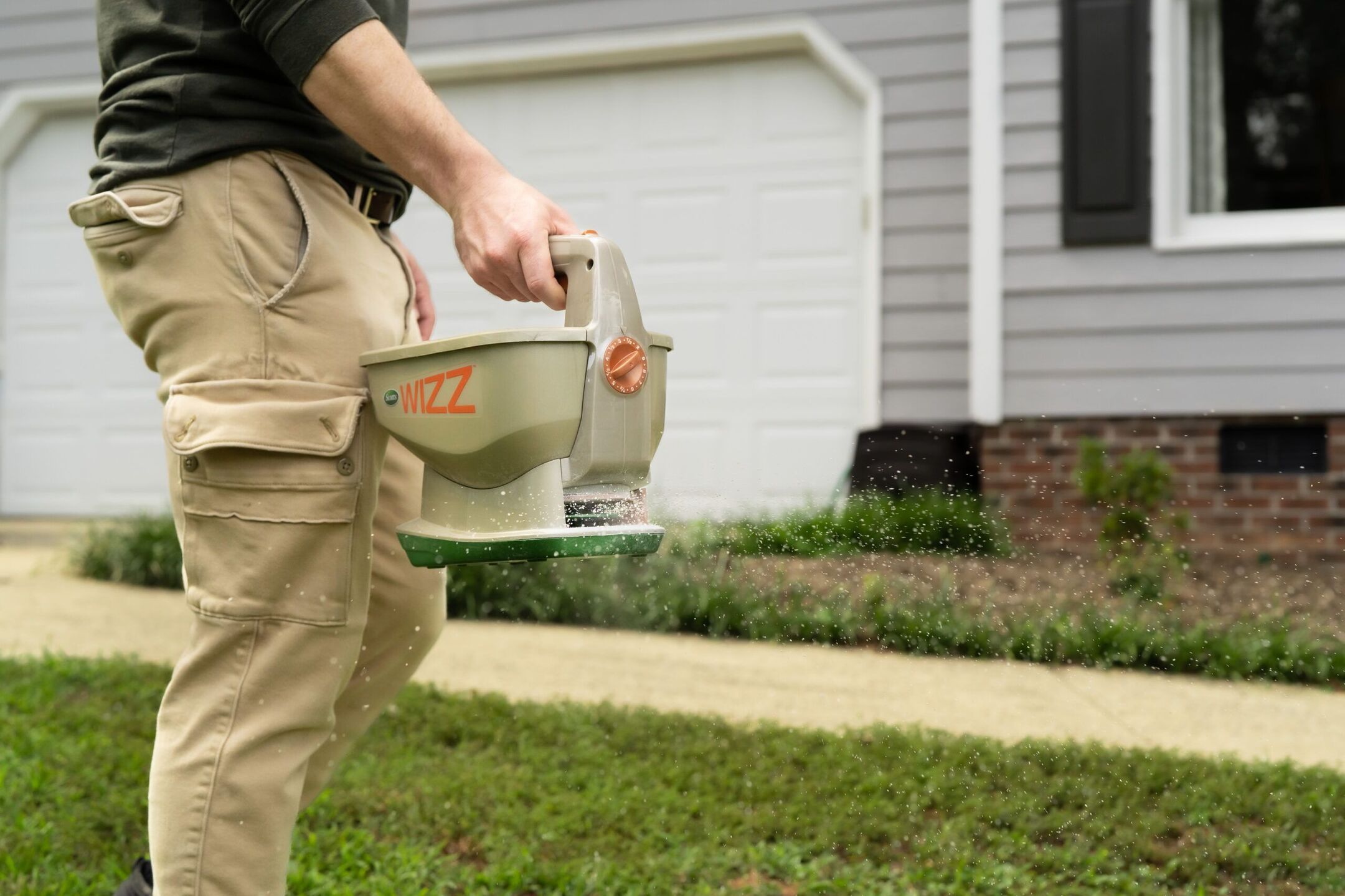

Landscaping Ideas
What Is The Best Fertilizer For Lawns
Modified: October 19, 2024
Discover the best fertilizer for your lawn with our expert landscaping ideas. Achieve a lush, green lawn with the right fertilization techniques.
(Many of the links in this article redirect to a specific reviewed product. Your purchase of these products through affiliate links helps to generate commission for Storables.com, at no extra cost. Learn more)
Introduction
Welcome to the world of lush, vibrant lawns! A beautiful, healthy lawn can transform your outdoor space, creating a welcoming environment for relaxation, play, and socializing. However, achieving and maintaining a stunning lawn requires proper care and attention, with fertilization playing a crucial role in nurturing your grass to reach its full potential.
In this comprehensive guide, we will delve into the realm of lawn fertilizers, exploring the various types available, the factors to consider when choosing the best fertilizer for your lawn, and practical tips for application. Whether you are a seasoned lawn care enthusiast or a newcomer to the world of turf management, this article will equip you with the knowledge and insights needed to make informed decisions and cultivate a thriving, verdant lawn.
Join us as we embark on a journey to uncover the best fertilizer for lawns, unraveling the secrets to achieving a vibrant, resilient carpet of grass that will be the envy of the neighborhood.
Key Takeaways:
- Choose the right fertilizer based on your lawn’s needs, grass type, and environmental factors to promote lush, healthy turf and minimize environmental impact.
- Apply fertilizer strategically, considering timing, measurement, and environmental conditions, to ensure efficient nutrient uptake and long-term lawn health.
Read more: What Part Of Fertilizer Burns Lawns
Understanding Lawn Fertilizers
Lawn fertilizers are specially formulated products designed to provide essential nutrients to grass, promoting healthy growth and overall vitality. These nutrients typically include nitrogen, phosphorus, and potassium, commonly referred to as N-P-K, along with a range of micronutrients such as iron, magnesium, and calcium. Each of these components plays a distinct role in supporting the development of robust, resilient turf.
Nitrogen (N) is crucial for stimulating leaf and stem growth, giving the grass its lush, green color and promoting a dense, uniform turf. It is often the most abundant nutrient in fertilizers, as it is rapidly depleted from the soil through grass growth and environmental factors.
Phosphorus (P) supports root development and overall plant vigor, aiding in the establishment of a strong, well-developed root system. While phosphorus is essential for initial root growth, established lawns may require less phosphorus than nitrogen and potassium.
Potassium (K) contributes to the overall health and resilience of the grass, enhancing its ability to withstand environmental stressors such as drought, disease, and temperature fluctuations. Additionally, potassium plays a role in promoting disease resistance and improving the plant’s ability to utilize other nutrients.
Understanding the role of these primary nutrients is essential for selecting the right fertilizer to address specific lawn care needs. Moreover, the balance of these nutrients in a fertilizer formulation can be tailored to meet the requirements of different types of grass and varying environmental conditions.
Next, we will explore the diverse types of lawn fertilizers available, each offering unique benefits and applications to cater to the specific needs of your lawn.
Types of Lawn Fertilizers
When it comes to lawn care, the market offers a diverse array of fertilizers, each tailored to address specific lawn care requirements and environmental considerations. Understanding the various types of lawn fertilizers will empower you to make informed decisions and select the most suitable product for your lawn.
Granular Fertilizers: These traditional, solid fertilizers are available in a range of formulations, including quick-release and slow-release options. Quick-release granular fertilizers provide an immediate surge of nutrients to the grass, promoting rapid growth and green-up. On the other hand, slow-release granular fertilizers deliver nutrients gradually over an extended period, offering sustained nourishment to the turf and minimizing the risk of nutrient runoff.
Liquid Fertilizers: Liquid fertilizers are applied as a spray or through irrigation systems, offering rapid nutrient uptake by the grass. They are well-suited for addressing specific nutrient deficiencies and providing a quick boost to the lawn’s overall health. Liquid fertilizers are particularly effective for foliar feeding, allowing nutrients to be absorbed through the grass blades for swift utilization.
Organic Fertilizers: Derived from natural sources such as compost, animal manure, and plant-based materials, organic fertilizers offer a sustainable and environmentally friendly approach to lawn care. These fertilizers release nutrients slowly as they break down, enriching the soil and fostering long-term soil health. Organic fertilizers are valued for their ability to improve soil structure, enhance microbial activity, and promote a balanced ecosystem within the lawn.
Synthetic Fertilizers: Engineered to deliver specific nutrient ratios, synthetic fertilizers provide precise control over the nutrients supplied to the grass. They are formulated to address targeted deficiencies and achieve rapid results, making them a popular choice for maintaining precise nutrient levels in the lawn. However, proper application and adherence to dosage recommendations are crucial to prevent over-fertilization and minimize environmental impact.
Each type of fertilizer offers distinct advantages and considerations, and the choice between them depends on factors such as the specific needs of the lawn, environmental concerns, and personal preferences. In the next section, we will explore the key factors to consider when selecting the best fertilizer for your lawn, guiding you towards making an informed and beneficial choice for your turf.
Factors to Consider When Choosing the Best Fertilizer for Lawns
When selecting the most suitable fertilizer for your lawn, several critical factors should be taken into account to ensure optimal results and long-term turf health. By considering these factors, you can make an informed decision that aligns with the specific needs of your lawn and promotes sustainable, vibrant growth.
Grass Type: Different grass species have varying nutrient requirements and growth characteristics. Understanding the type of grass in your lawn, whether it is a cool-season variety like Kentucky bluegrass or a warm-season type such as Bermuda grass, will guide you in selecting a fertilizer that meets the unique nutritional needs of your turf.
Nutrient Ratio: The N-P-K ratio of a fertilizer, indicating the proportions of nitrogen, phosphorus, and potassium, should be tailored to the specific needs of your lawn. For instance, a high-nitrogen fertilizer is ideal for promoting lush, rapid growth, while a balanced N-P-K ratio may be preferable for overall turf health and resilience.
Soil Conditions: Assessing the soil composition, pH levels, and existing nutrient content is essential for determining the appropriate fertilizer formulation. Soil tests can provide valuable insights into the soil’s fertility, enabling you to select a fertilizer that addresses any deficiencies and supports optimal nutrient uptake by the grass.
Environmental Considerations: Factors such as climate, seasonal variations, and local regulations should be taken into consideration when choosing a fertilizer. For instance, slow-release fertilizers may be preferred in areas prone to nutrient leaching, while environmentally sensitive regions may require adherence to specific fertilizer application guidelines to minimize ecological impact.
Application Method: Consider the practical aspects of applying the fertilizer, including the available equipment, your preferred application method, and the convenience of use. Whether you opt for granular, liquid, or organic fertilizers, selecting a product that aligns with your preferred application approach will contribute to a successful and efficient fertilization process.
Budget and Long-Term Goals: Evaluate your budget for lawn care and consider the long-term goals for your lawn’s health and appearance. While some fertilizers may offer immediate results, others prioritize sustained, gradual nourishment and soil enrichment. Balancing short-term impact with long-term soil and turf health will guide your selection of the most suitable fertilizer.
By carefully considering these factors, you can make an informed decision when choosing the best fertilizer for your lawn, ensuring that your turf receives the precise nutrients and care it needs to thrive. In the following section, we will explore the best fertilizers tailored for different types of lawns, providing insights into selecting the ideal product for your specific grass variety and environmental conditions.
Best Fertilizers for Different Types of Lawns
Choosing the best fertilizer for your lawn involves considering the specific needs of your grass type and tailoring the nutrient content to support its growth and resilience. Different grass varieties thrive under distinct conditions, and selecting the appropriate fertilizer will contribute to the overall health and vibrancy of your turf. Let’s explore the best fertilizers suited for various types of lawns, providing valuable insights into nurturing specific grass varieties.
Read more: What Fertilizer To Use For A Fall Lawn Care
Cool-Season Grasses:
For lawns predominantly composed of cool-season grasses such as Kentucky bluegrass, fescue, and ryegrass, a fertilizer with a balanced N-P-K ratio is beneficial. Look for formulations with a ratio of approximately 3-1-2 or 4-1-2, providing steady growth and promoting deep root development. Slow-release granular fertilizers tailored for cool-season grasses offer sustained nourishment and are well-suited for addressing the specific nutrient requirements of these grass varieties.
Warm-Season Grasses:
Warm-season grasses like Bermuda grass, Zoysia grass, and St. Augustine grass thrive in warmer climates and have distinct nutritional needs. Fertilizers with a higher nitrogen content and a lower phosphorus and potassium ratio, such as 4-1-2 or 3-1-2, are ideal for promoting vigorous growth and vibrant color in warm-season lawns. Consider slow-release granular or liquid fertilizers designed specifically for warm-season grasses to ensure optimal nutrient uptake and sustained nourishment.
Drought-Resistant Lawns:
For lawns in regions prone to drought and water scarcity, selecting a fertilizer that supports drought resistance and overall resilience is essential. Look for fertilizers enriched with potassium, which enhances the grass’s ability to withstand drought stress and environmental challenges. A formulation with a higher potassium content, such as 4-1-3 or 0-0-24, will bolster the lawn’s resilience and promote water-efficient growth, contributing to a lush, drought-resistant turf.
Organic Lawn Fertilizers:
For environmentally conscious homeowners or those seeking sustainable lawn care solutions, organic fertilizers offer a natural and holistic approach to nourishing the turf. Organic fertilizers derived from compost, seaweed extracts, and natural minerals provide slow-release nutrients, enrich the soil, and promote a balanced ecosystem within the lawn. Look for organic fertilizers with a diverse micronutrient profile, fostering long-term soil health and supporting the overall well-being of the grass.
By selecting fertilizers tailored to the specific needs of your lawn, you can optimize the growth, resilience, and overall health of your turf. Understanding the distinct requirements of different grass varieties and environmental conditions will guide you in choosing the best fertilizer to nurture and elevate the beauty of your lawn.
Read also: 13 Best Ironite Lawn Fertilizer for 2025
Tips for Applying Fertilizer to Your Lawn
Applying fertilizer to your lawn is a pivotal aspect of turf care, and the proper application technique plays a significant role in maximizing the benefits of the fertilizer while minimizing potential risks. By following these essential tips for applying fertilizer, you can ensure efficient nutrient uptake by the grass and contribute to the long-term health and vibrancy of your lawn.
1. Timing Is Key:
Plan your fertilizer application to align with the grass’s peak growing season, typically in the spring and fall for cool-season grasses and during the summer for warm-season varieties. Applying fertilizer during periods of active growth enables the grass to efficiently utilize the nutrients, promoting lush, healthy turf.
2. Measure and Calibrate:
Accurately measure the fertilizer according to the recommended application rate, ensuring even coverage across the lawn. Calibrate your spreader or applicator to achieve consistent distribution and prevent over-application, which can lead to nutrient runoff and potential environmental impact.
3. Consider Environmental Factors:
Take into account weather conditions when planning your fertilizer application. Avoid fertilizing before heavy rain or during windy conditions, as this can lead to nutrient runoff and uneven distribution. Additionally, consider the forecast to ensure the fertilizer has an opportunity to be absorbed by the grass before potential rainfall.
4. Follow Application Guidelines:
Adhere to the manufacturer’s guidelines and dosage recommendations when applying fertilizer. Over-fertilization can harm the grass and contribute to environmental pollution, while under-fertilization may not provide the necessary nutrients for optimal turf health. Follow the instructions to achieve the best results without risking damage to the lawn.
5. Apply Evenly and Strategically:
Distribute the fertilizer evenly across the lawn, ensuring consistent coverage to promote uniform growth and color. Pay attention to overlapping patterns to prevent streaks or uneven nutrient distribution. Consider dividing the lawn into sections and applying the fertilizer methodically for thorough coverage.
6. Water and Activate:
After applying the fertilizer, water the lawn lightly to activate the nutrients and facilitate their absorption into the soil. This step encourages the grass to uptake the nutrients and initiates the fertilization process, promoting efficient utilization of the applied nutrients for robust growth.
7. Monitor and Maintain:
Observe the lawn’s response to the fertilizer application and monitor its growth and color. Adjust your future fertilization schedule and approach based on the grass’s performance, ensuring that the lawn receives the necessary nutrients to thrive while avoiding excessive or inadequate fertilization.
By implementing these tips for applying fertilizer to your lawn, you can optimize the effectiveness of the fertilizer and contribute to the sustained health and beauty of your turf. Thoughtful and strategic fertilization practices will nurture a vibrant, resilient lawn that enhances your outdoor space and provides a welcoming environment for leisure and enjoyment.
Read also: 11 Best Liquid Fertilizer For Lawns For 2025
Conclusion
Embarking on the journey to discover the best fertilizer for your lawn is a rewarding endeavor that holds the key to cultivating a lush, vibrant turf that enhances your outdoor living space. By gaining a comprehensive understanding of lawn fertilizers, exploring the diverse types available, and considering the critical factors when choosing the right fertilizer, you are equipped to make informed decisions that align with the specific needs of your lawn.
As you navigate the realm of lawn care, selecting the best fertilizer tailored to different types of lawns and environmental conditions empowers you to nurture the unique characteristics of your grass variety and promote its overall health and resilience. Whether you are tending to cool-season grasses, warm-season varieties, or prioritizing environmentally sustainable lawn care, the right fertilizer can elevate the beauty and vitality of your turf.
By embracing best practices for applying fertilizer, including strategic timing, precise measurement, and thoughtful consideration of environmental factors, you can optimize the nutrient uptake by the grass and contribute to the long-term health and vibrancy of your lawn. Thoughtful and informed fertilization practices will yield a resilient, vibrant turf that enriches your outdoor environment and provides a welcoming backdrop for leisure and recreation.
As you embark on your lawn care journey, may the knowledge and insights shared in this guide serve as a valuable resource, guiding you towards making informed decisions and nurturing a thriving, verdant lawn. With a blend of expertise, thoughtful consideration, and a touch of creativity, you can cultivate a lawn that becomes the pride of your neighborhood, a testament to your dedication to creating a beautiful outdoor haven for relaxation, play, and cherished moments with loved ones.
Here’s to the lush, vibrant lawn of your dreams, nurtured and elevated through the art and science of selecting and applying the best fertilizer for your unique turf.
Frequently Asked Questions about What Is The Best Fertilizer For Lawns
Was this page helpful?
At Storables.com, we guarantee accurate and reliable information. Our content, validated by Expert Board Contributors, is crafted following stringent Editorial Policies. We're committed to providing you with well-researched, expert-backed insights for all your informational needs.
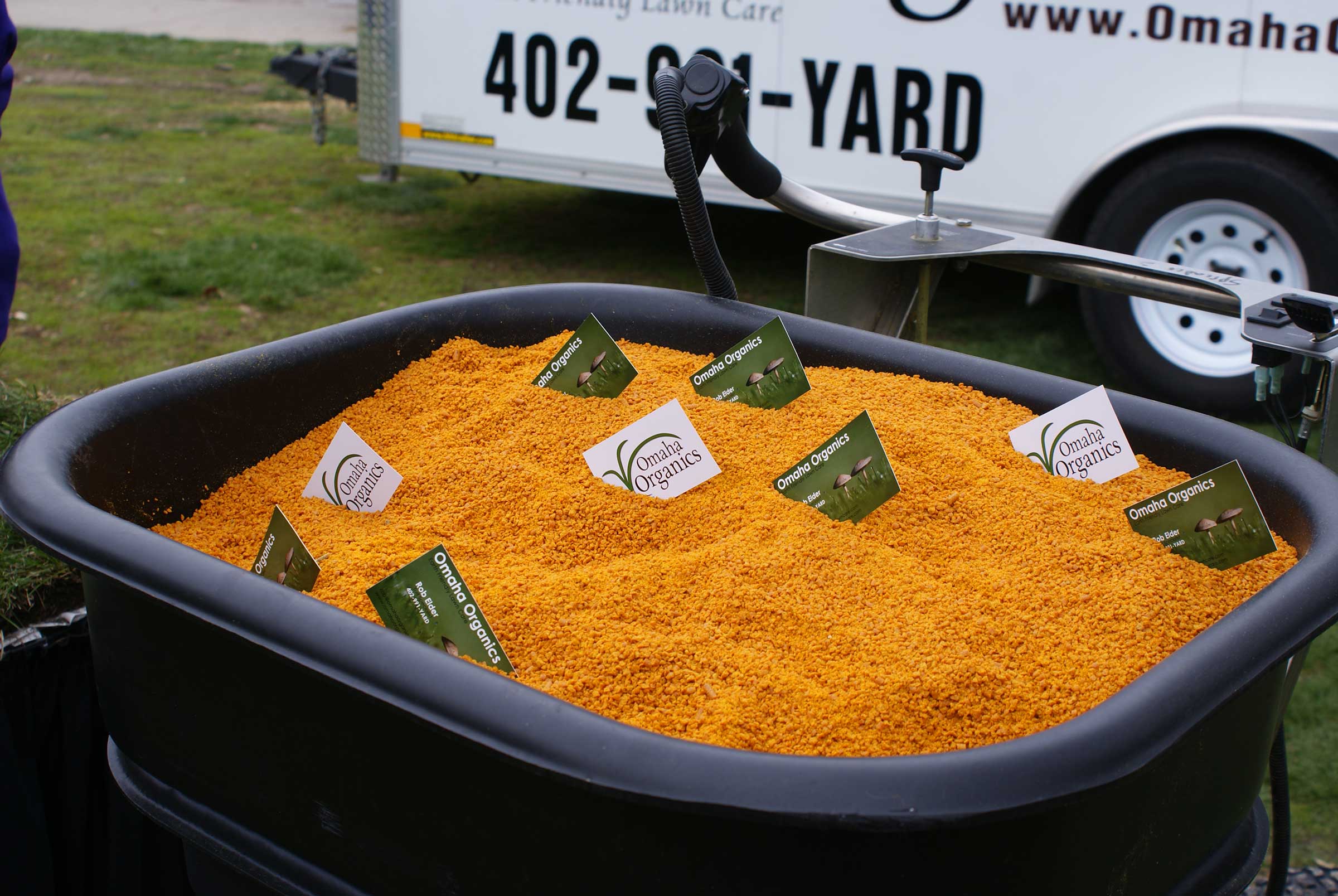
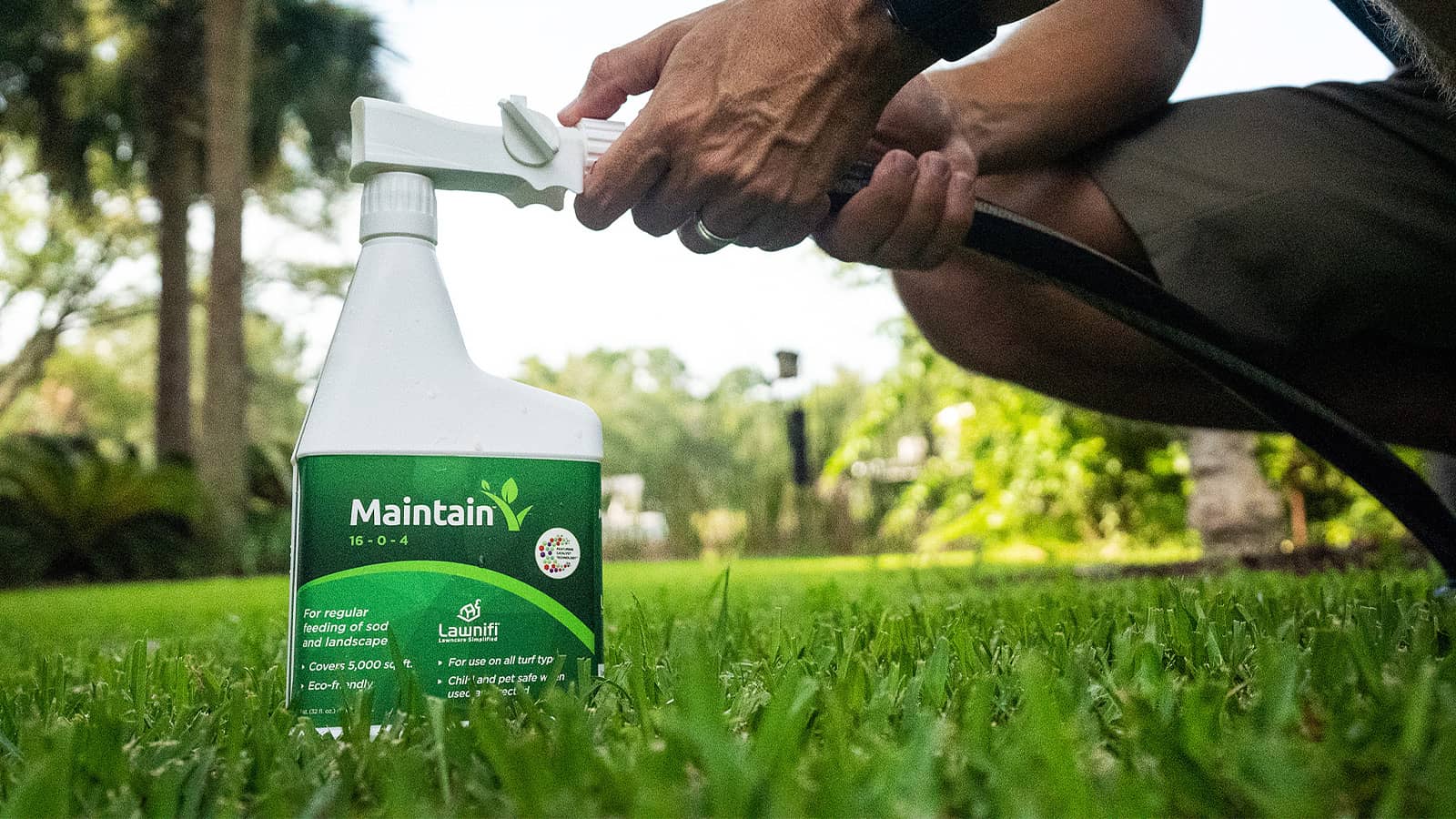
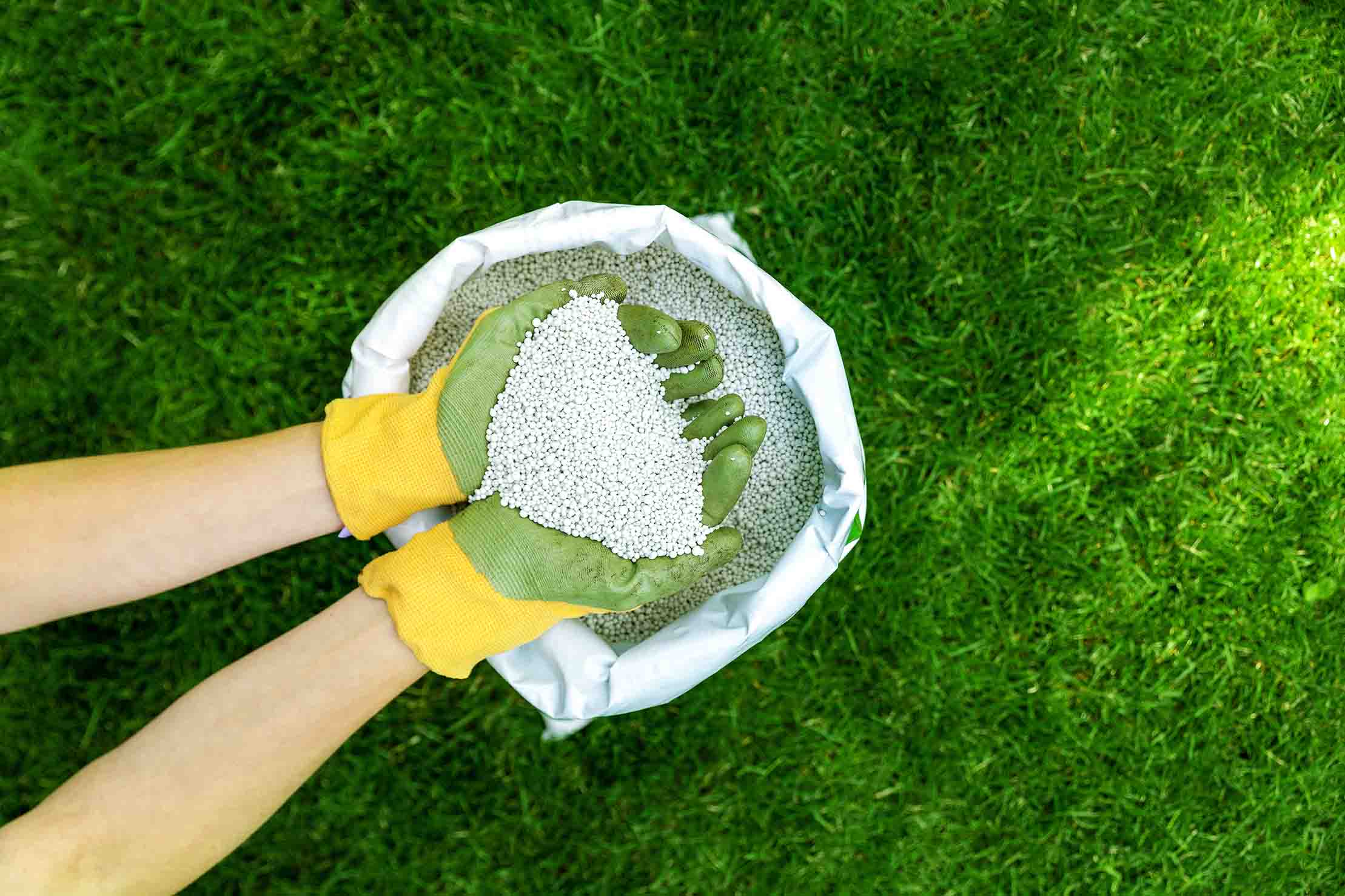
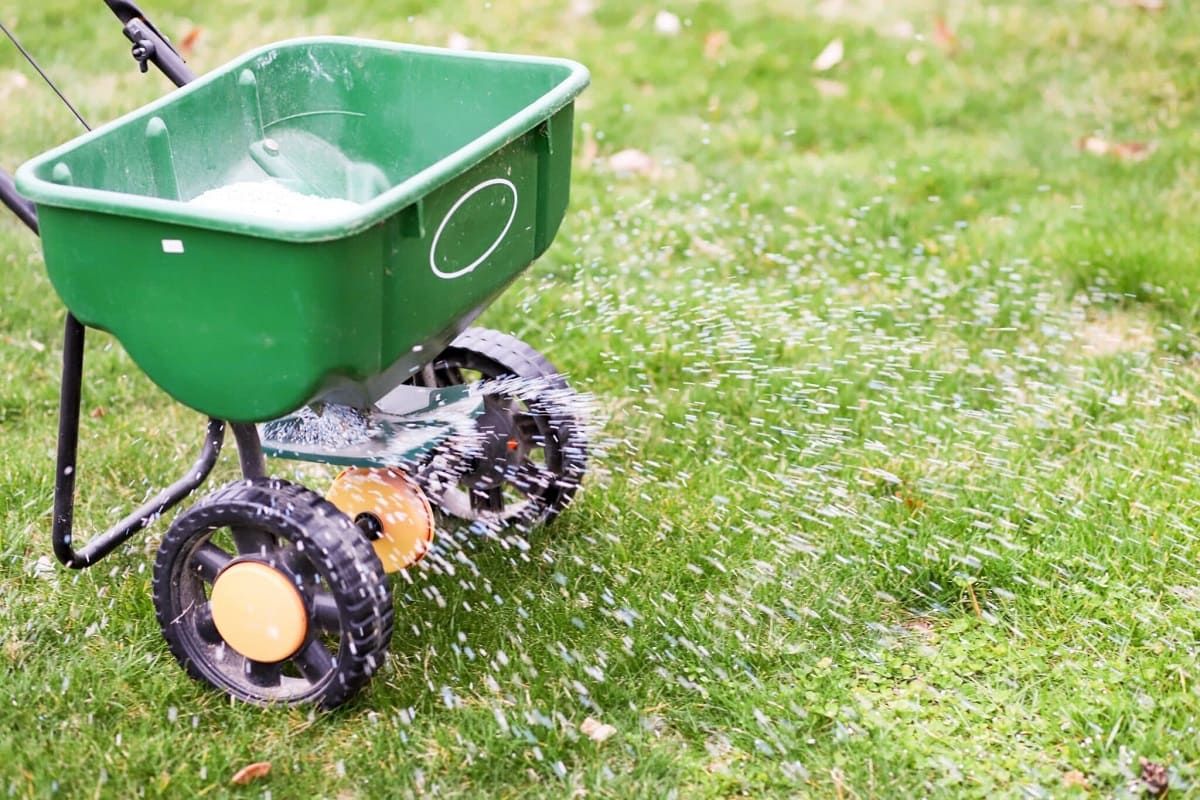
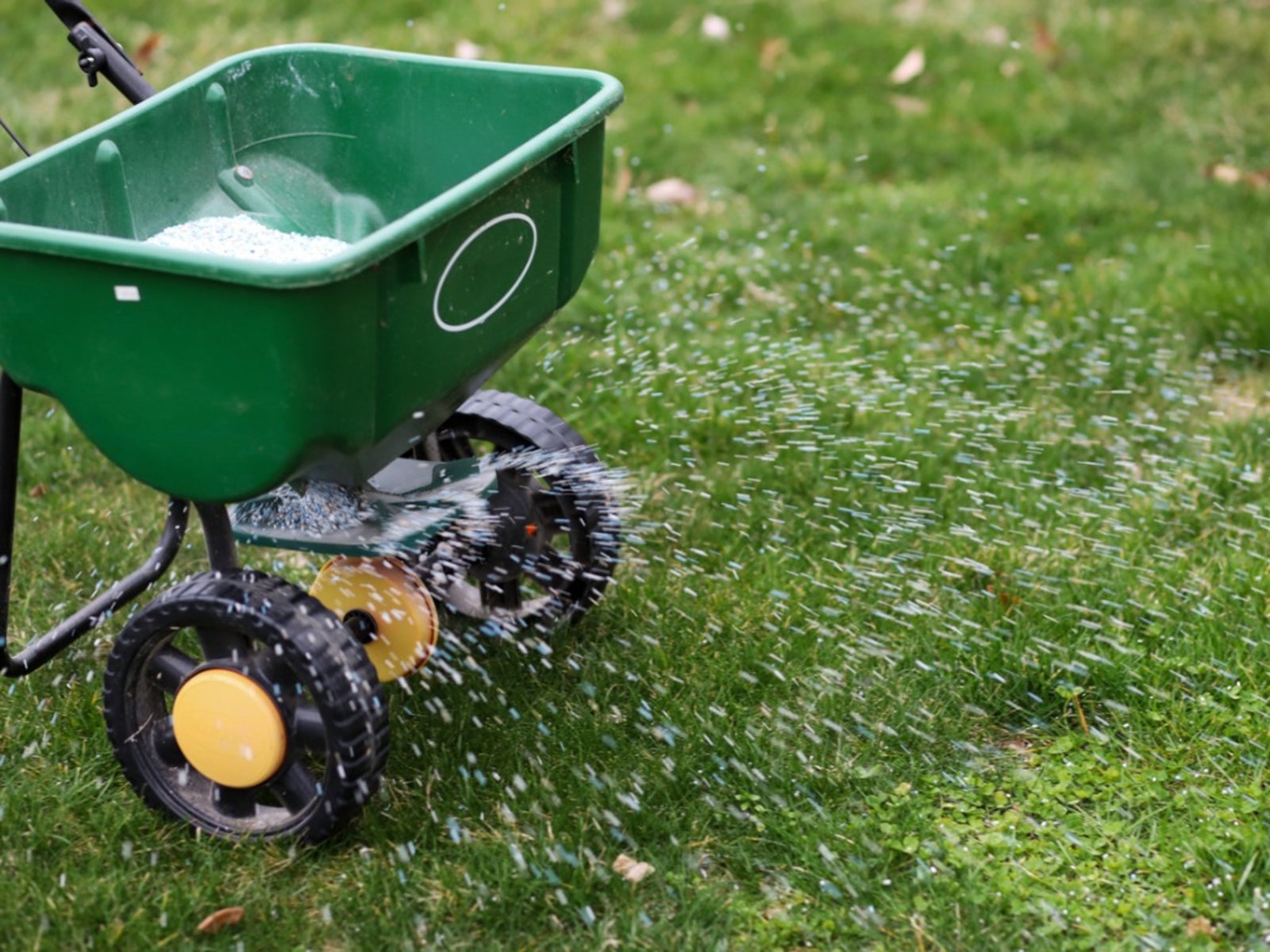

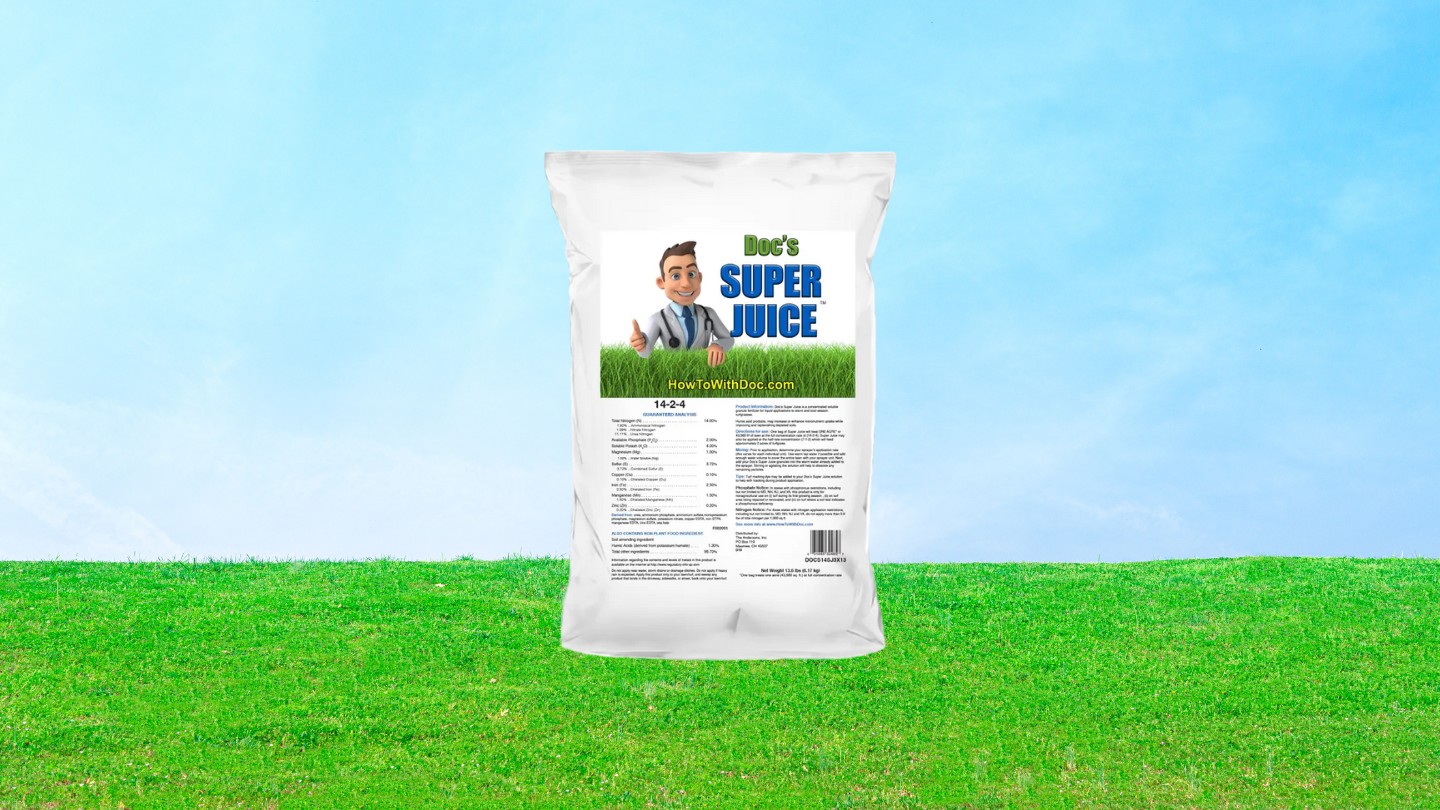
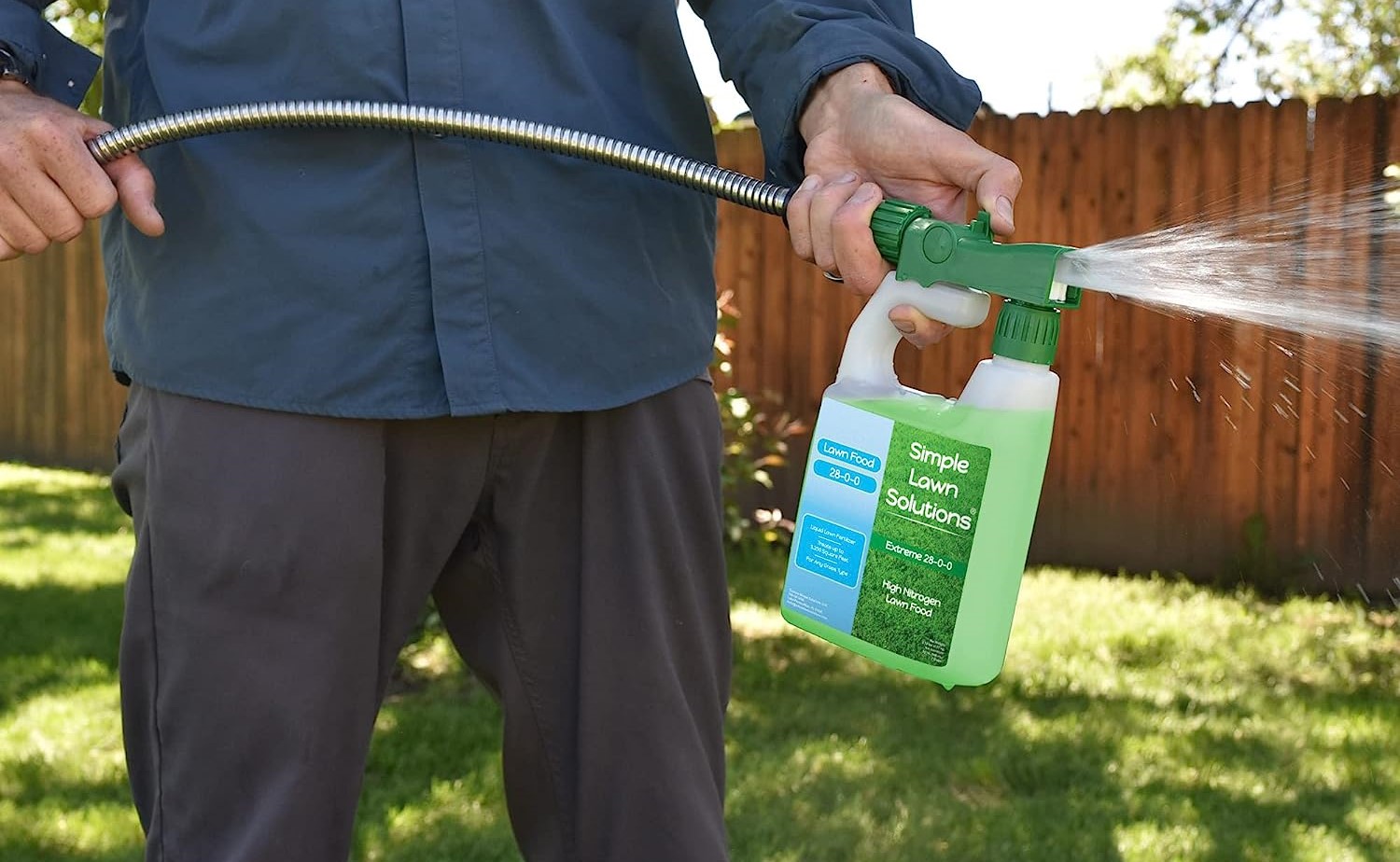
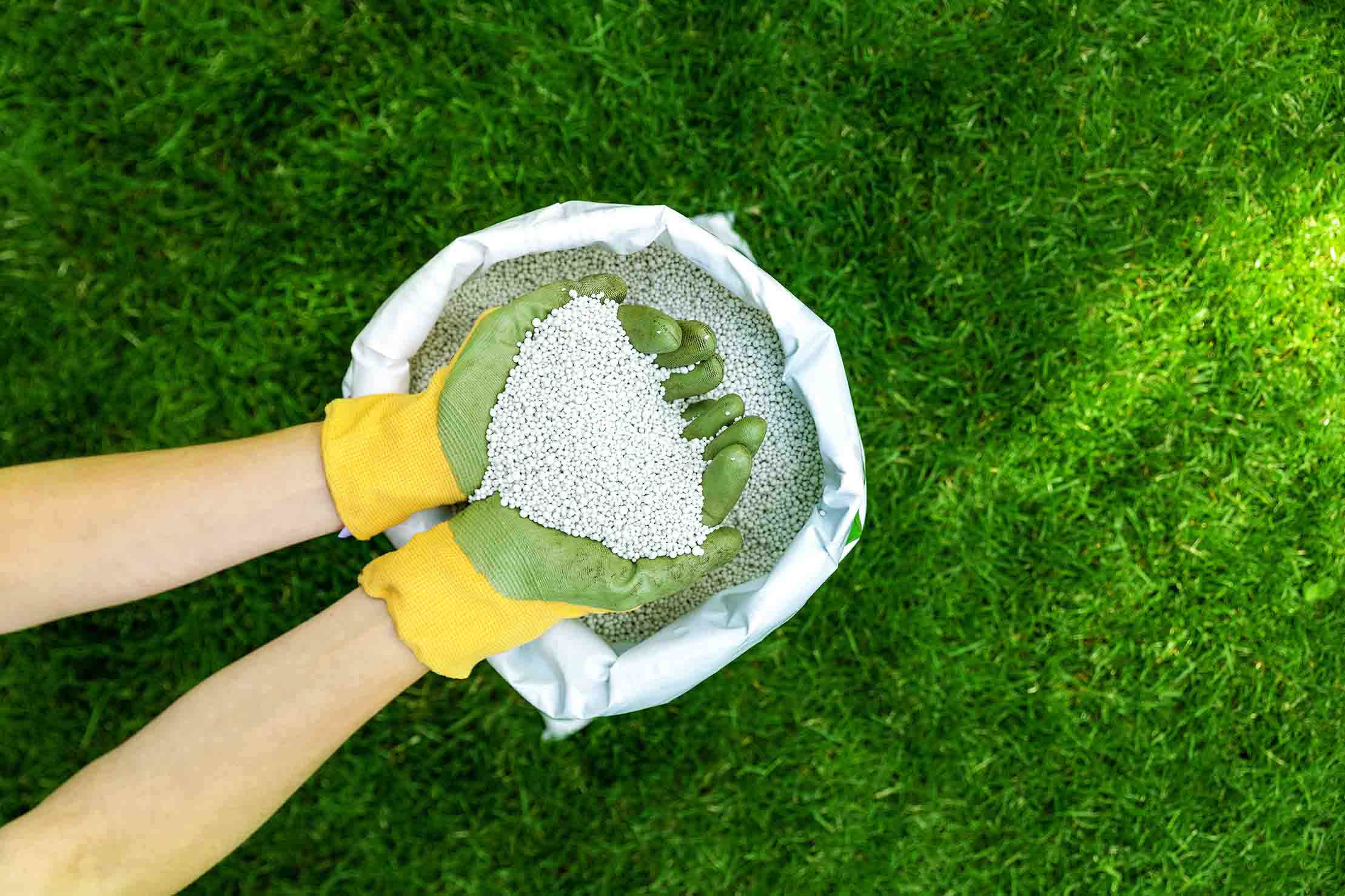
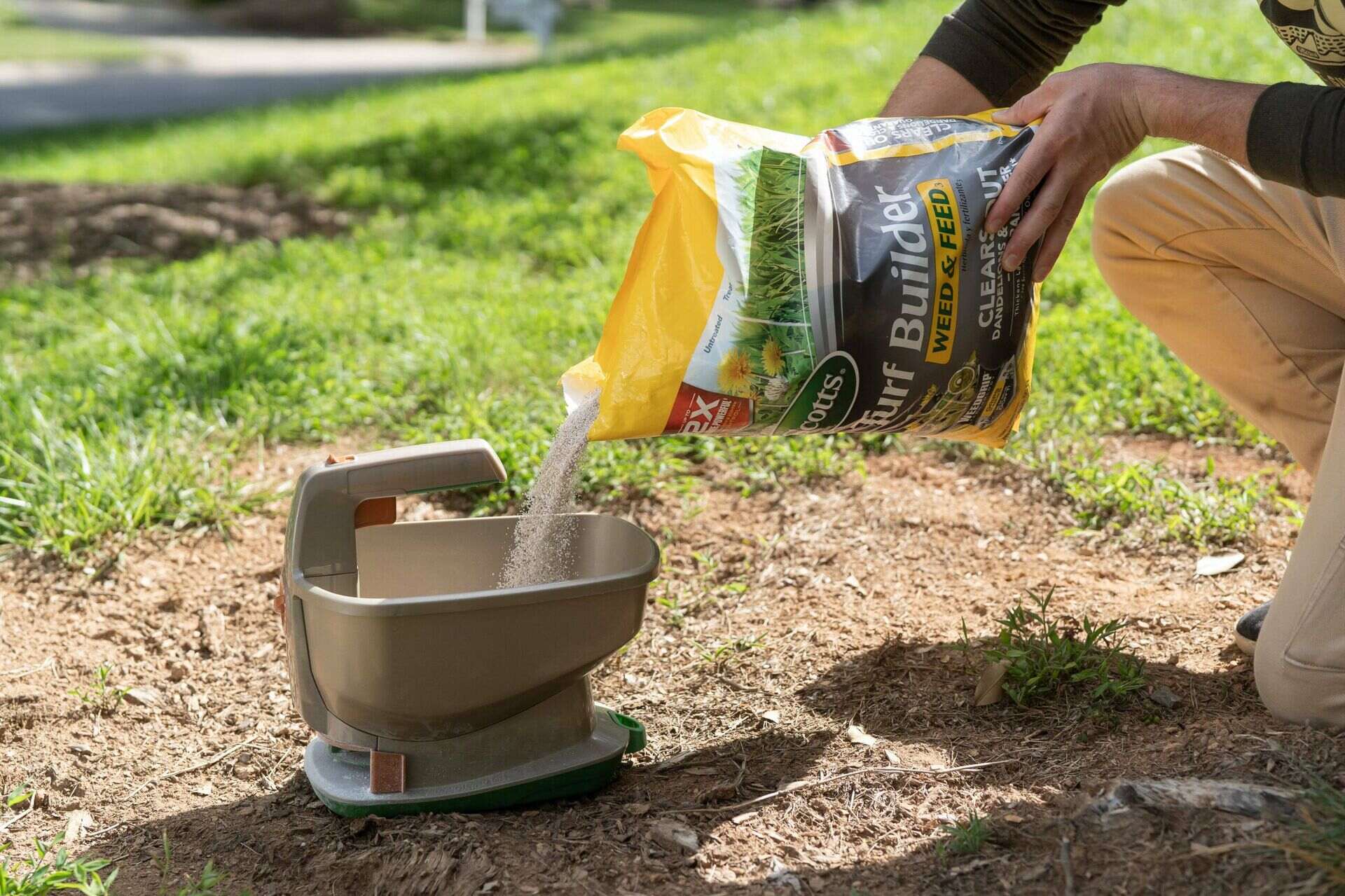


0 thoughts on “What Is The Best Fertilizer For Lawns”